South Australia will be home to the world’s largest lithium ion battery, thanks to a historic agreement between Tesla and the State Government. The good news didn’t stop here. The 30,000 lucky Australian homes will get the battery – for free – if “Ironman” Elon Musk fails to deliver the battery within 100 days. The countdown starts once the grid interconnection agreement has been signed.
The billionaire who plans to colonize Mars with his spaceship SpaceX made the promise on Friday as his company, electric car company Tesla, outbid 91 other companies to win a contract to install a 100-megawatt facility. It will partner with French renewable energy firm Neoen, and get energy from their Hornsdale Wind Farm near Jamestown, South Australia.
In essence, the energy storage facility will be the world’s largest – 3 times bigger than any on the market (which presently is 30-megawatt). Tesla’s Powerpacks will charge using the energy produced from the wind farm and subsequently deliver electricity during peak hours. Once completed, scheduled to be before summer, the facility will be able to power 30,000 Australian homes.
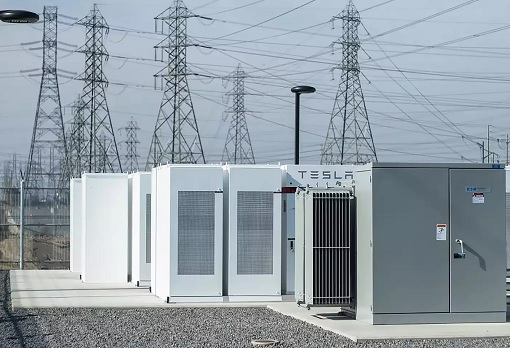
Due to severe storms that frequently damages critical infrastructure, South Australia has been battling power problems, such as a state-wide blackout in September 2016. As an answer, the State Government announced a raft of measures to improve stability, including building a 100-megawatt (129 megawatt per hour) battery, and owning and operating a $360 million gas-fired plant.
The mega battery would put the state at the forefront of global energy storage technology, not the mention it will stabilise the network at all times and will provide back-up power if there is a shortfall. The project is set to create hundreds of jobs in the construction phase, and it is planned to be completed by December 1 (before summer).
How does the project provide cheaper electricity for consumers? Mr Musk explained at a press conference on Friday – “You can essentially charge up the battery packs when you have excess power when the cost of production is very low, and then discharge it when the cost of power production is high, and this effectively lowers the average cost to the end customer.”
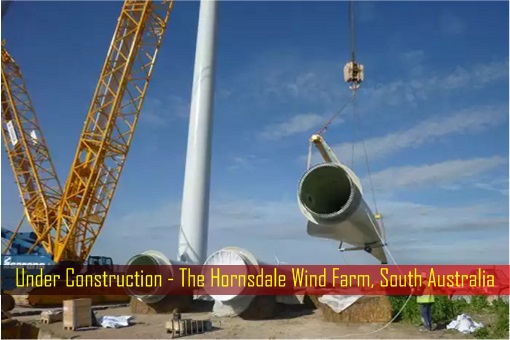
In short, the Tesla Powerpack battery will be charged “cheaply” (during non-peak hours) using the renewable energy from the Hornsdale Wind Farm. Subsequently, during peak hours, the fully charged mega battery will deliver electricity to the 30,000 homes of South Australians. However, given the size of the project, Musk admitted there would be risks involved.
That risk is, of course, Elon Musk couldn’t build the battery within 100 days and therefore, will not be able to recoup his investment. However, the losses that Mr. Musk has to incur, is like a loose change to the billionaire who is also the owner of solar energy company SolarCity. The potential lose is estimated to be roughly US$50 million.
Obviously, losing US$50 million, or even US$100 million for that matter, is the last thing that worries Elon Musk, who is worth a staggering US$16.7 billion. Perhaps he made the pledge to build the battery within 100 days, or it’s free, as an attempt to instil confidence and promote his company. Tesla’s shares have dropped almost 20% since late June.
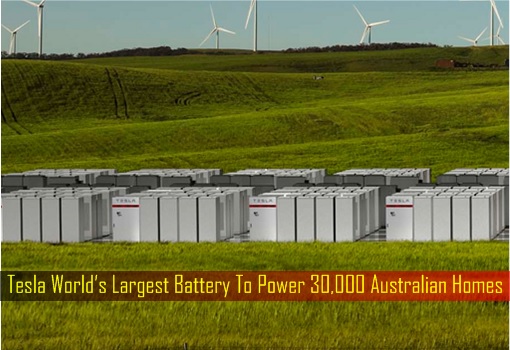
Last week, the billionaire announced it would not be able to produce as many electric cars as anticipated due to battery production shortages. Some investors are skeptical, not about Tesla’s ability to build electric car, but about the company’s ability to produce new electric car such as Model 3 at a “profit”. There was also a concern about Tesla’s quality as it refused to make a prototype.
But was the whole thing a scam or a marketing gimmick, a promise that Elon Musk could easily break? Absolutely not, because South Australian Premier Jay Weatherill has confirmed that the 100-day deadline was part of the contractual agreement. In fact, the billionaire, an immigrant from South Africa, had done this kind of stunt before.
In January this year, Telsa unveiled its battery storage farm in southern California, a project to build 396 fridge-sized batteries that are capable of powering 15,000 homes. Elon Musk announced the US$100-million California project on September 15, 2016 and said it would be delivered in three months. Subsequently, it was officially opened on January 30, 2017.
Tesla will get the system installed and working 100 days from contract signature or it is free. That serious enough for you?
— Elon Musk (@elonmusk) March 10, 2017
When billionaire entrepreneur Mike Cannon-Brookes threw the challenge to Musk in March, asking if Tesla was serious when it claimed it could quickly end blackouts in South Australia, Musk accepted the challenge on Twitter – “Tesla will get the system installed and working 100 days from contract signature or it is free. That serious enough for you?”
Nevertheless, building the world’s largest lithium ion battery in South Australia – whether for profit or for free – will be a good promotion that not only such method of electricity delivery is sustainable, but it will help solve power shortages, reduce intermittencies, and manage summertime peak load to improve the reliability of South Australia’s electrical infrastructure.
Of course, if Tesla could successfully build the world’s largest lithium ion battery in South Australia, the happy 30,000 Australians would provide a seal of approval for Elon Musk’s company to bid for future similar projects in the country. And that could worth billions of US dollars to the American billionaire.
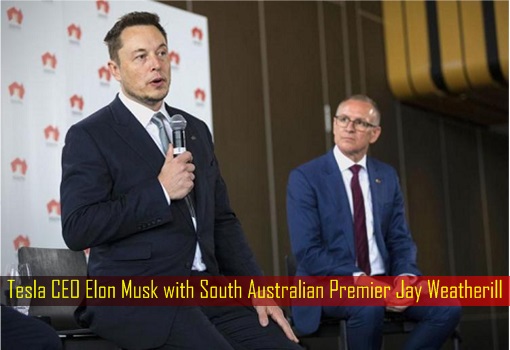
Other Articles That May Interest You …
- Why US Billionaires Love Immigrants – 15 Iconic Companies Founded By Them
- Bill Gates Reveals Top-3 Promising Careers & Advices For College Students
- Here’s Why Zuckerberg Was Furious When SpaceX Rocket Exploded
- China Invasion – Top 10 American Iconic Brands Now Owned By Chinese
- 10 Business Philosophy Billionaire Trump Disagreed With Billionaire Buffett
- 10 Companies That Control Almost Everything You Buy & Eat
- Top 15 Creative, Stunning, Cool & Useful Business Cards
- 50 Cool Signatures Of World’s Rich & Famous People
- American Top-20 Best Burger That You Must Try
- Debts & Deficits – 21 Currencies That Have Gone Bust

|
|
July 8th, 2017 by financetwitter
|


|

|

|

|

|

|






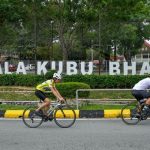
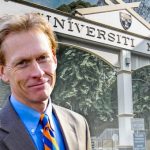
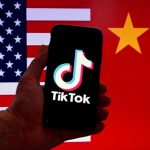


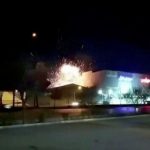
















Comments
Add your comment now.
Leave a Reply